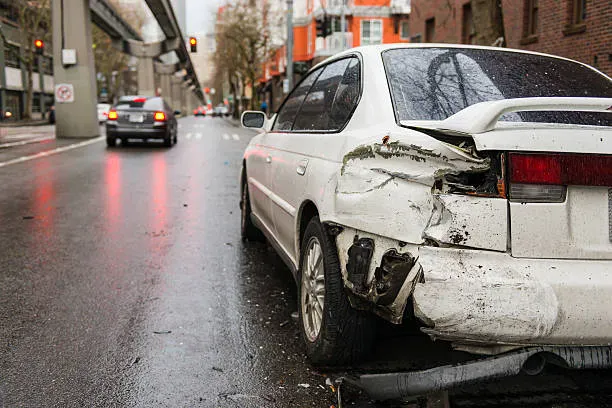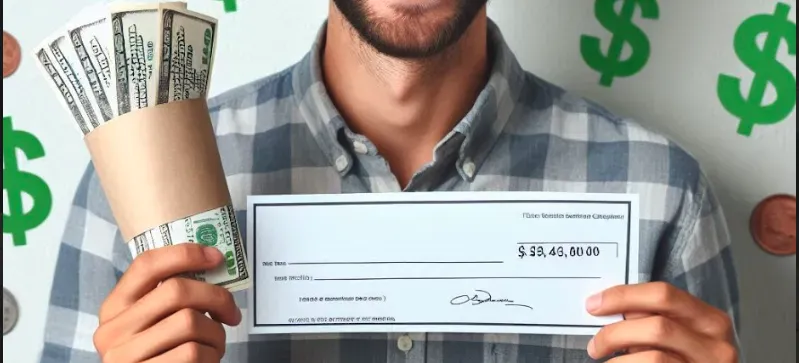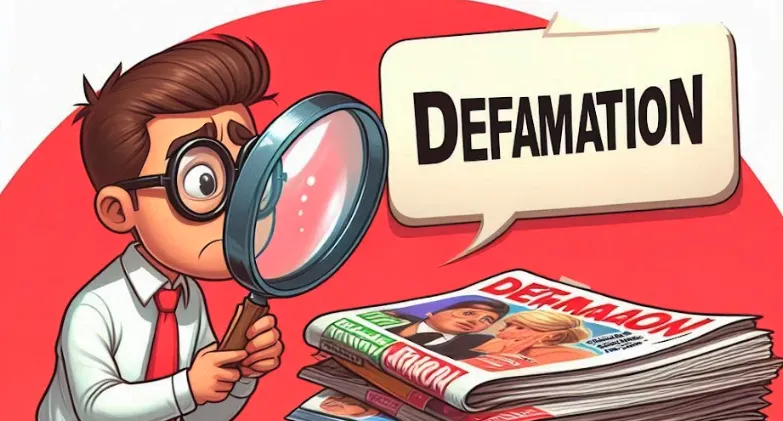Understanding Sections 397 of the Criminal Procedure Code (CrPC)
THE CODE OF CRIMINAL PROCEDURE, 1973 is a key law in India that explains how to deal with criminal cases. Section 397 of Code of Criminal Procedure, 1973 lets the High Court or a Sessions Judge check the records of a case from a lower court. This is important to make sure that the lower courts make fair and correct decisions.
advertisement
Key Features of Section 397
- Purpose: Section 397 is meant to check if lower courts made the right decisions. It helps find mistakes and makes sure everyone is treated fairly.
- Who Can Use It?: The High Court or a Sessions Judge can use this section. If someone thinks a lower court was wrong, they can ask a higher court to look into it.
- Conditions for Review:
- The higher court will only check if there are good reasons to think the lower court made a mistake.
- This section doesn’t apply to every type of decision, especially temporary ones made during a trial.
- Suspension of Sentence: If the higher court thinks there might be a mistake, it can pause any punishment from the lower court. This means the person might not have to serve their sentence while the review is happening.
- Bail Consideration: If the person is in jail, the higher court can decide if they should be let out on bail while the review is going on.
Why is Section 397 Important?
- Protection Against Errors: It serves as a safeguard against wrongful convictions or unfair sentences. If someone believes they have been treated unjustly by a lower court, this section allows them to seek correction.
- Ensuring Fairness: By allowing higher courts to review lower court decisions, Section 397 helps maintain fairness in the judicial system. It ensures that justice is not only done but also seen to be done.
- Legal Clarity: For lawyers and individuals involved in legal proceedings, knowing about this section provides clarity on how they can challenge decisions and seek justice.
advertisement
How Does Section 397 Work ?
When someone wants to challenge a decision made by a lower court, they can file a revision application under Section 397.
- Filing an Application: The person who feels wronged submits a request to either the High Court or a Sessions Judge. They explain why they think the lower court made a mistake.
- Review Process: The higher court will then ask for the case records from the lower court and look them over carefully.
- Decision Making: After reviewing the records, the higher court can:
- Confirm that the original decision was correct.
- Change or cancel the decision if it finds mistakes.
- Pause any sentences if needed.
- Outcome: The result can vary—either keeping the original ruling or providing relief to the person by changing or canceling it.
Conclusion
Section 397 of the CrPC is an essential part of India’s criminal justice system. It empowers higher courts to ensure that justice is served correctly and fairly by reviewing decisions made by lower courts. By understanding this section, individuals and legal practitioners can better use their rights within the legal framework and seek justice when needed.
advertisement
Frequently Asked Questions
Q: How do I file a revision application?
Answer: To file a revision application, you need to submit a request to either the High Court or a Sessions Judge. In your application, you should explain why you believe there was an error in the lower court's decision.
Q: How long does the review process take?
Answer: The time it takes for the review process can vary depending on the complexity of the case and the court's schedule. It’s best to check with your lawyer for more specific timelines.
References

Written by Saksham Arora
As a third-year law student, my passion for justice and advocacy has led me to pursue a career in law. I am currently studying at Amity Law School, Noida and have been developing my legal research, writing, and analytical skills. I am committed to using my legal education to make a positive impact in society and am excited about the opportunities that lie ahead.
advertisement
Further Reading
advertisement






